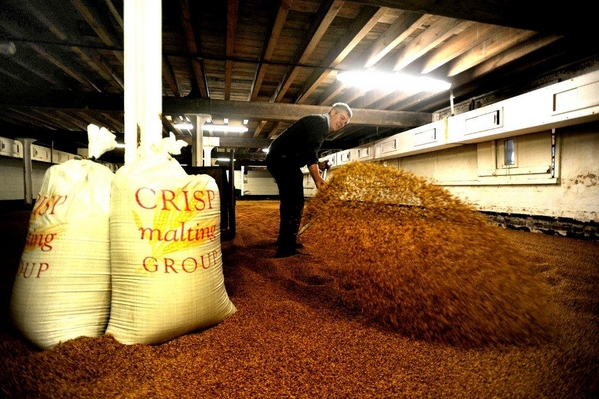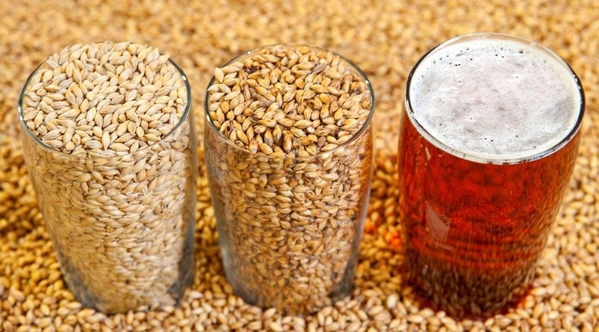Say 'Happy Birthday' to a great barley
Added: Thursday, February 12th 2015

It sound surreal, positively Pythonesque, to sing “Happy Birthday” to a field of barley but there will be major celebrations this year to mark the 50th anniversary of the first planting of Maris Otter.
The anniversary will culminate with a beer festival in Norwich in September for which brewers big and small will be invited to produce special brews using this iconic variety of grain. Iconic is an over-used word, but it surely applies to Maris Otter. The barley enjoys such reverence among the brewers of quality beers that between 2000 and 2013 nine of the 14 winners of the Champion Beer of Britain competition used the variety.
It was first planted in June 1965 in what is called its “mother field” in Norfolk. The variety was bred in Cambridge, a cross between two older varieties, Proctor and Pioneer. It’s not a simple process: Euan Macpherson, managing director of Crisp Malt, one of the country’s major suppliers of grain to the brewing and distilling industries, told me it costs several million pounds and eight years to develop a new strain of barley.
Brewers love Maris Otter as it gives a fine sugary “extract” that works well with ale yeast, it has a rich biscuit aroma and flavour, and is tolerant of errors in the brewing process. And yet in 1990 the variety was dropped from the approved list of malting barleys by big farmers and large malting companies. The reason given was that newer varieties have a higher yield, which means more grain can be grown per acre and newer strains have bigger ears of corn.
It was a classic case of “never mind the quality, feel the width.” But Maris Otter didn’t keel over and become compost. Brewers demanded it and two grain merchants, Warminster Maltings in Wiltshire and H Banham in Norfolk, bought the rights to the variety and have continued to supply it. Crisp in Norfolk turns Maris Otter into malt by using the age-old traditional “floor malting” system that’s labour intensive – with the grain constantly turned by hand -- but which creates sweeter malt as a result. Crisp supplies 300 artisan breweries with grain.
Warminster and Norfolk farmer Teddy Maufe have both introduced a “grain to glass” system that allows brewers to identify the precise field where their batches of Maris Otter are grown. As a result, they can order their supplies from the same fields each year. It brings a whole new resonance to the French wine growers’ term “terroir”, meaning dedication to the best the land can offer. Teddy Maufe says some brewers who use his grain even put a grid reference on their bottle labels to identify where it was grown.
As Maris Otter is such specialist barley, it has to be contract-grown to enable farmers to plan their planting year by year. Some brewers refuse to use it on the grounds of cost but I recall Ken Don, the revered head brewer at Young’s in London, who was a passionate supporter of Maris Otter, saying the additional cost worked out at a farthing a barrel. That’s a quarter of a penny of pre-decimal coinage -- scarcely a king’s ransom.
Maris Otter is not alone. Two even older varieties of barley have been brought back to life even though they’ve not been grown for decades. Seed merchants keep samples of old grain even when they’re no longer grown and a result Chevallier from Victorian times and Plumage Archer from the early 20th century have been grown again. Plumage Archer is harvested on the Prince of Wales’s estate in Gloucestershire and is used in his Duchy beers.
There has great interest shown in hops in recent years but it’s important to stress that brewers call malt “the soul of beer” and we must appreciate its key role in making good ale.
*For information about the Maris Otter beer festival see www.h-banham.co.uk.
*Print version: BEER magazine, spring 2015. Photos Frances Brace, Red Flame








